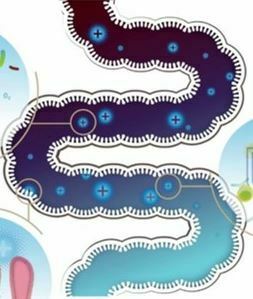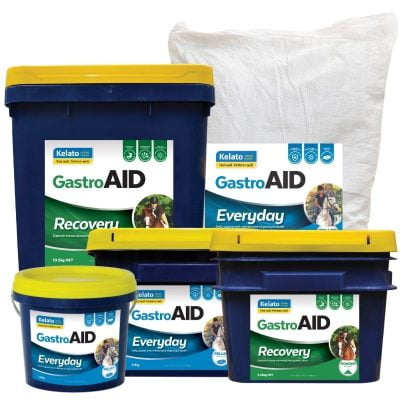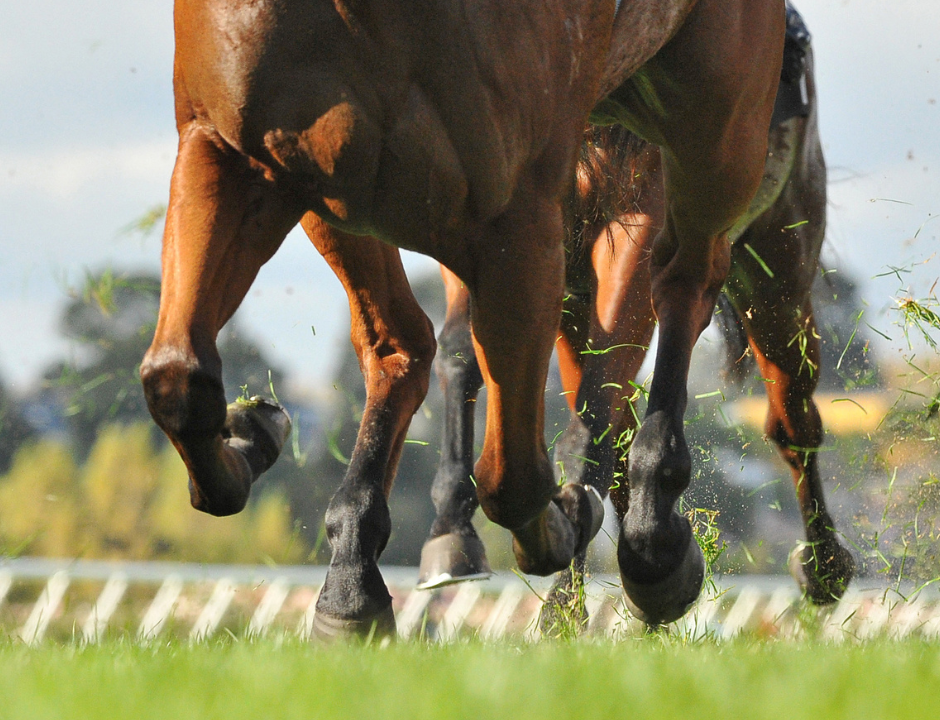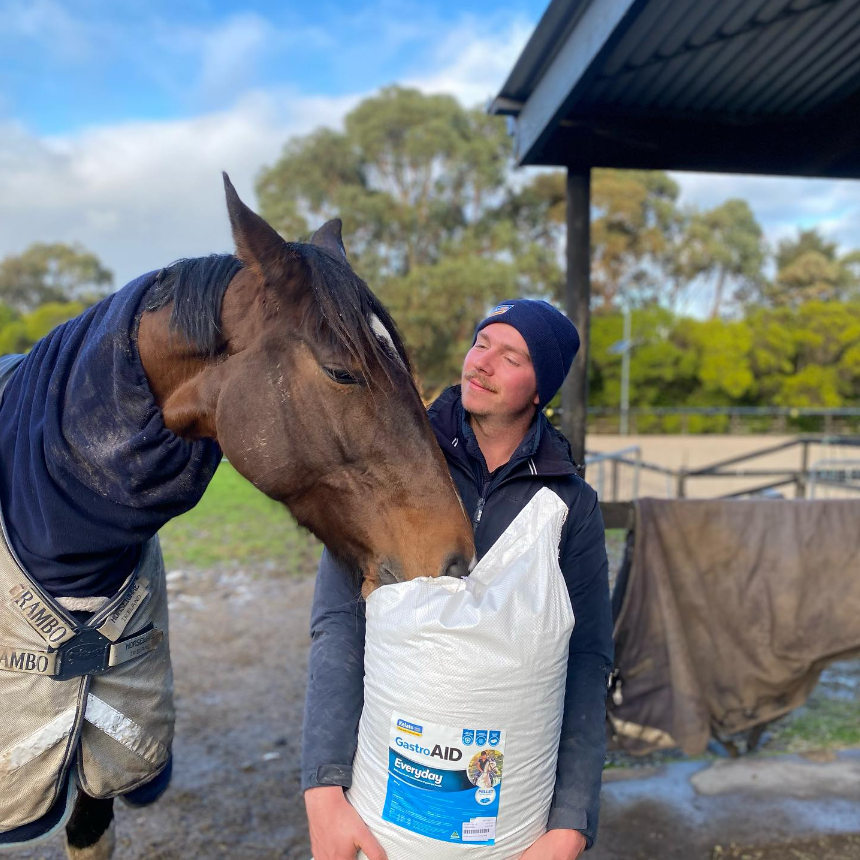There has been a lot of discussion of late as to whether there is research that backs up the use of probiotics in horses. The answer is YES!
What is a probiotic?
Probiotics are “direct-fed microbials” such as live yeast or bacteria that help maintain or restore the health of the intestinal microbiome. Probiotics impact digestion directly or, in most cases, by balancing the intestinal microbiota and favouring beneficial microbes that contribute to digestive function.
Did you know not all probiotics are created equal?
Strain is important! Specific probiotic strains are researched and selected to deliver specific results in an animal. There are thousands of yeast and bacterial strains, and each can have a different effect – or no effect at all. For example, it’s one thing for you to use the yeast species Saccharomyces cerevisiae, otherwise known as Brewer’s yeast, but there are thousands of strains in this species and not all perform in the same way.
To put it in perspective, let’s use horses as an example where the horse is the ‘species’ and the breed is the ‘specific strain’.
While all horses are from the same species, we select specific breeds (e.g. strains) for the discipline they are best suited to. For example, the Thoroughbred is selected for gallop racing due to its speed and athleticism. We wouldn’t use a Clydesdale or Shetland Pony in a high-speed gallop race because those breeds don’t have an affinity for speed. Conversely, we selected to use Clydesdales for carriage driving due to their bulk and strength. The same principle applies to probiotics.
What is the research behind Kelato’s probiotics?
Kelato utilise a targeted approach to gut health using specific strains of probiotics.
Popular supplements on the market tend to have a huge list of different probiotics in their products. While this may look good on paper, it doesn’t make the product more effective or beneficial for the horse. This is what we call the “everything but the kitchen sink” approach. You get the horse to ingest a large number of non-specific microbe species in the hope that their hindgut is colonised with “good” bacteria to try and outcompete the “bad” bacteria. This approach is not effective and there are much better and more efficient ways to improve gut health.
Levucell SC® is a live yeast probiotic used in GastroAID Recovery and GastroAID Everyday. It is the Saccharomyces cerevisiae (S.cerevisiae) strain l-1077 and has been selected for its benefits on the fermentation stage of digestion. Levucell SC® helps to maintain a suitable environment in the horse’s hindgut to support a healthy balance of microflora.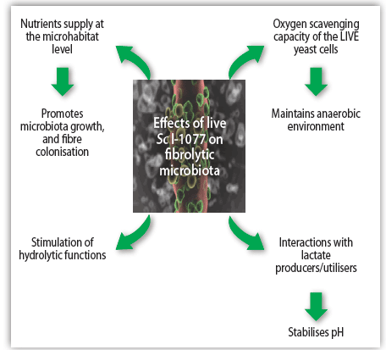
A research study conducted in 2013 showed that S.cerevisiae strain l-1077 is able to successfully reach and survive in the large intestine of horses. The same study showed that the faecal pH of horses receiving the S.cerevisiae strain l-1077 remained stable during transport and that in horses that did not receive the probiotic the faecal pH dropped, meaning it became more acidic (Faubladier et al. 2013). The reason for this was increased growth of lactate-utilising bacteria in the treatment group horses which helped stabilise intestinal pH. This finding corresponded to another study in 2002 where this same strain of S.cerevisiae helped reduce the magnitude of undesirable changes in the horse’s hindgut (Medina et.al 2002).
Our very own A/Prof Dr Ben Sykes found, in his independent research, that the S.cerevisiae strain l-1077, in combination with some of the other key ingredients of GastroAID Recovery, had a positive effect on reducing the development, or exacerbation, of Equine Gastric Ulcer Syndrome (EGUS) (Sykes et.al 2014). In the same study, the core constituent ingredients of GastroAID Recovery were also demonstrated to reduce the rate of occurrence of faecal acidosis in a high-risk population of Thoroughbred racehorses (Sykes et.al 2013). This particular strain of probiotic was chosen for the study due to it being well studied in the horse and for it having been shown to stabilise caecal pH and improve feed digestibility (Medina et.al 2002; Agazzi et.al 2011; Jouany et.al. 2008).
Levucell SB® is a live yeast probiotic located in GastroAID Everyday. It is the Saccharomyces boulardii (S.boulardii) strain l-1079 that has been selected for its benefits in regulating intestinal microflora profiles. This probiotic has been extensively evaluated in human medicine for the successful treatment and prevention of diarrhoea (Marteau et.al. 2001). It has been demonstrated, in humans, that this probiotic digests toxins produced by diarrhoea causing bacteria (Castagliuolo, 1999). However, is there evidence in horses?
A study in 2005 found that S.boulardii was able to reach and survive in the horse’s gastrointestinal tract (Desrochers et.al 2005) and this was later supported by a study in 2013 (Boyle et.al. 2013). In the 2005 study, horses that suffered from acute enterocolitis supplemented with S.boulardii were shown to have reduced watery diarrhoea (Desrochers et.al 2005).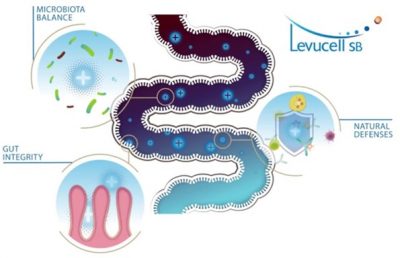
What are the other positive effects of this probiotic in the horse? Although, to date, detailed data is lacking in the horse, inter-species comparisons are commonly used between horses and pigs due to their similar microbial fermentation process. Levucell SB has been researched extensively in sows and piglets where it has been found to regulate intestinal microflora profiles, help maintain healthy intestinal lining and decrease intestinal permeability – reduces harmful bacteria and toxins “leaking” into the bloodstream (Brousseau et al. 2015; Lessard et.al. 2009; Furr et.al 2014).
It is important to note that research into probiotics shows that they can successfully reach the hindgut in the horse in a viable state but that they cannot colonise the hindgut to establish a self-perpetuating population. As such, for probiotics to have their desirable effects they need to be fed consistently. This highlights the importance of ongoing probiotic supplementation for hindgut health.
How do I know the probiotics will make it to the horse’s hindgut?
To be successful, the probiotic must reach the horse’s hindgut in a live, viable state. Kelato use probiotic products that are microencapsulated using a patented technology, which protects the live microorganisms from changes in conditions.
Lallemand Animal Nutrition is the company that manufacture the probiotics Kelato uses in our digestive health supplements. Lallemand ensures the probiotics will remain viable and stable through the challenges of the supply channel until they reach the horse. For example, during freight, warehouse conditions, compatibilities with other ingredients in premixes/feed, temperature/moisture/pressure, feed out practices on farm, etc. Live yeasts are sensitive to heat, pressure, and moisture. Lallemand developed TITAN technology to microencapsulate (coat) the probiotic so it can remain viable when subject to these challenges. They have conducted rigorous testing to ensure TITAN microencapsulation achieves this desired outcome.
Lallemand have also conducted numerous research trials of their own to ensure the effectiveness of their pre- and probiotics.
Want to find out more?
Head to the GastroAID Recovery and GastroAID Everyday page, get in touch on 1800 KELATO or email technical@kelato.com.au.
Written by: Natalia Budisa (Technical and Product Coordinator) BAnVetBioSc (Hons)
References:
Agazzi, A, Ferroni, M, Fanelli, A, Maroccolo, S, Invernizzi, G, Dell’Orto, V, & Savoini, G 2011, ‘Evaluation of the Effects of Live Yeast Supplementation on Apparent Digestibility of High-Fiber Diet in Mature Horses Using the Acid Insoluble Ash Marker Modified Method’ Journal of Equine Veterinary Science, vol. 31, no. 1, pp. 13–18, doi: 10.1016/j.jevs.2010.11.012.
Boyle, AG, Magdesian, KG, Gallop, R, Sigdel, S, & Durando, MM 2013, ‘Saccharomyces boulardii viability and efficacy in horses with antimicrobial-induced diarrhoea’ Veterinary Record, vol. 172, no. 5, pp. 128–128, doi: 10.1136/vr.100833.
Brousseau, J-P, Talbot, G, Beaudoin, F, Lauzon, K, Roy, D, & Lessard, M 2015, ‘Effects of probiotics Pediococcus acidilactici strain MA18/5M and Saccharomyces cerevisiae subsp. boulardii strain SB-CNCM I-1079 on fecal and intestinal microbiota of nursing and weanling piglets’ Journal of Animal Science, vol. 93, no. 11, pp. 5313–5326, doi: 10.2527/jas.2015-9190.
Castagliuolo, I, Reighler, MF, Valenick, L, Lamonst, JT & Pothoulakis,C 1999, ‘Saccharomyces boulardii Protease Inhibits the Effects of Clostridium difficile Toxins A and B in Human Colonic Mucosa’ Infection and Immunity, vol. 67, no. 1, pp. 302–307, doi: 10.1128/IAI.67.1.302-307.1999.
Desrochers, AM, Dolente, BA, Roy, M-F, Boston, R, & Carlisle, S 2005, ‘Efficacy of Saccharomyces boulardii for treatment of horses with acute enterocolitis’ Journal of the American Veterinary Medical Association, vol. 227, no. 6, pp. 954–959, doi: 10.2460/javma.2005.227.954.
Faubladier, C, Chaucheyras-Durand, F, da Veiga, L, & Julliand, V 2013, ‘Effect of transportation on fecal bacterial communities and fermentative activities in horses: impact of Saccharomyces cerevisiae CNCM I-1077 supplementation’ Journal of Animal Science, vol. 91, no. 4, pp. 1736–1744, doi: 10.2527/jas.2012-5720.
Furr, M 2014, ‘Orally Administered Pediococcus acidilactici and Saccharomyces boulardii–Based Probiotics Alter Select Equine Immune Function Parameters’ Journal of Equine Veterinary Science, vol. 34, no. 10, pp. 1156–1163, doi: 10.1016/j.jevs.2014.06.020.
Jouany, J-P, Gobert, J, Medina, B, Bertin, G, & Julliand, V 2008, ‘Effect of live yeast culture supplementation on apparent digestibility and rate of passage in horses fed a high-fiber or high-starch diet1’ Journal of Animal Science, vol. 86, no. 2, pp. 339–347, doi: 10.2527/jas.2006-796.
Lessard, M, Dupuis, M, Gagnon, N, Nadeau, E, Matte, JJ, Goulet, J, & Fairbrother, JM 2009, ‘Administration of Pediococcus acidilactici or Saccharomyces cerevisiae boulardii modulates development of porcine mucosal immunity and reduces intestinal bacterial translocation after Escherichia coli challenge’ Journal of Animal Science, vol. 87, no. 3, pp. 922–934, doi: 10.2527/jas.2008-0919.
Marteau, PR, De Vrese, M, Cellier, CJ & Schrezenmeir, J 2001, ‘Protection from gastrointestinal diseases with the use of probiotics’ The American Journal of Clinical Nutrition, vol. 73, no. 2, p. 430S–436S, doi: 10.1093/ajcn/73.2.430s.
Medina, B, Girard, ID, Jacotot, E, & Julliand, V 2002, ‘Effect of a preparation of Saccharomyces cerevisiae on microbial profiles and fermentation patterns in the large intestine of horses fed a high fiber or a high starch diet’ Journal of Animal Science, vol. 80, no. 10, pp. 2600–2609.
Sykes, BW, Sykes, KM, & Hallowell, GD 2014, ‘Efficacy of a Combination of Apolectol, Live Yeast (Saccharomyces cerevisiae [CNCM I-1077]), and Magnesium Hydroxide in the Management of Equine Gastric Ulcer Syndrome in Thoroughbred Racehorses: A Blinded, Randomized, Placebo-Controlled Clinical Trial’ Journal of Equine Veterinary Science, vol. 34, no. 11-12, pp. 1274–1278, doi: 10.1016/j.jevs.2014.09.006.
Sykes, BW, Sykes, KM, & Hallowell, GD 2013, ‘Efficacy of a Combination of a Unique Pectin-Lecithin Complex (Apolectol®), Live Yeast and Magnesium Hydroxide in the Prevention of EGUS and Faecal Acidosis in Thoroughbred Racehorses: A Randomised, Blinded, Placebo Controlled Clinical Trial’ Equine Veterinary Journal, vol. 45, no. s44, pp. 13.
